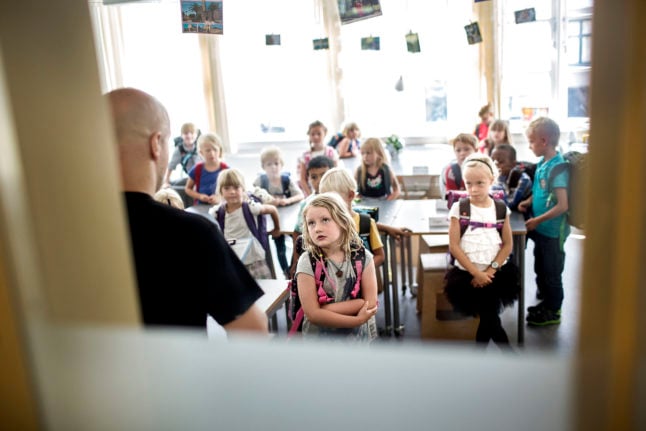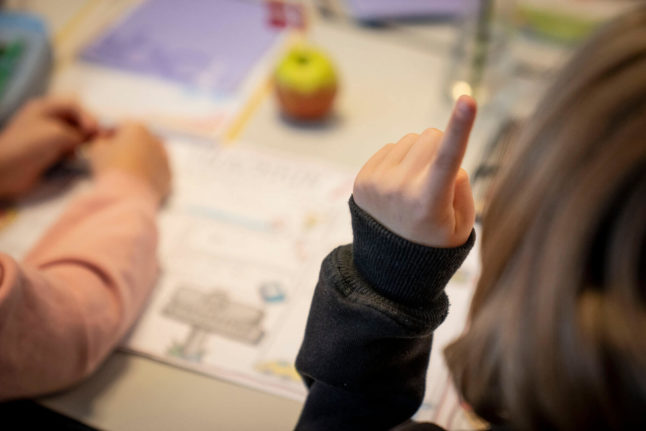New classes in grades “0” to 2 (aged 6-8 years) at Denmark’s elementary schools (folkeskoler) will be limited to a maximum of 26 children from next year.
The current limit is 28 students.
The lower limit has been brought in partly to help children with special needs, Minister for Children and Education Pernille Rosenkrantz-Theil told broadcaster DR.
“This will naturally help all children and it will naturally also benefit all children with special needs in particular,” Rosenkrantz-Theil said.
“Those who find it difficult to be included in large parts of elementary school” would benefit most from the change, she said.
Despite the new limit having been adopted by parliament, a maximum of 26 children in a class is not completely guaranteed.
That is because special circumstances can allow exemptions to the rule to be applied, permitting classes of up to – but no more than – 28 children.
The rule change takes effect at the beginning of the next school year.
READ ALSO: Denmark scraps ‘redistribution’ plan for primary school students



 Please whitelist us to continue reading.
Please whitelist us to continue reading.
Member comments